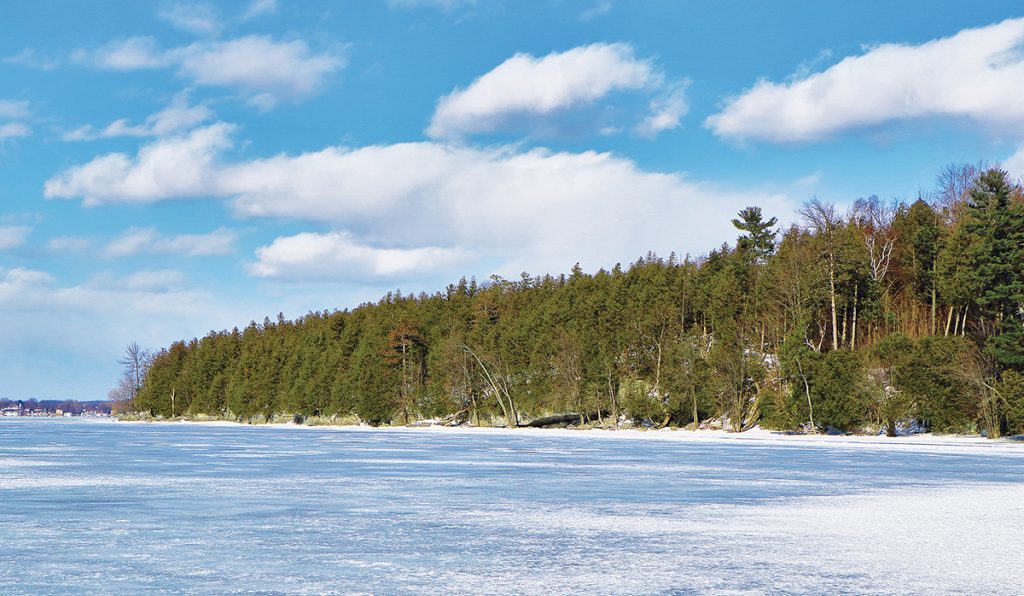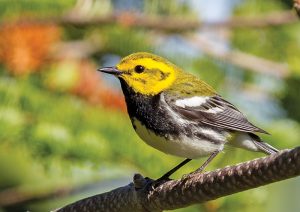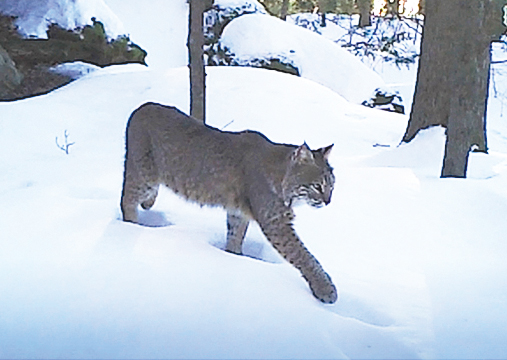
Conserving a Lakeshore Forest on St. Albans Bay
Family Protects Land for Wildlife and Water Quality
Ragon and Mary Willmuth often walk among the ancient cedars and rock ledges of their lakeshore forest perched above St. Albans Bay. The Willmuth family has enjoyed and cared for this special land for decades. They have seen bobcat prowling along the limestone ledges, osprey and bald eagles soaring overhead, and rare plants clinging to the rocky shore.
Now, they are conserving their land with the Lake Champlain Land Trust—to benefit wildlife, to protect a rare lakeshore forest, and safeguard the water quality and scenic beauty of St. Albans Bay. Thanks to the support of our members, we are working with the Willmuths to finalize the conservation easement that will protect their land forever.
Conserving a Rare Forest

The Lime Rock Point Conservation Project will conserve a state-significant Limestone Bluff Cedar-Pine Forest. This mostly coniferous forest grows along limestone-rich bluffs where white cedars cling to exposed bedrock cliffs devoid of deep soils.
Usually occupying a thin strip along rocky headlands, the slow-growing white cedars can reach 700 years in age or more. In Vermont, these rare forests are only found along Lake Champlain and Lake Memphremagog.
The Limestone Bluff Cedar-Pine Forest found here is one of only three remnants that ecologists have identified from the Milton town line north to the Canadian Border, making this property an especially high conservation priority.

Expanding a Wildlife Corridor
Undeveloped forestland along Northern Lake Champlain is rare, and what remains is subject to ever constant development pressure as St. Albans continues to grow. Wide-ranging mammals like bobcat and black bear depend on intact, connected forests. The project will expand an existing north-south wildlife movement corridor that is anchored to the north by our 35-acre Mill River Falls Natural Area. The Willmuth’s lakeshore forest also provides an important resting stop for migratory birds.
Protecting Water Quality and Scenic Beauty
With its shallow water and largely developed watershed, St. Albans Bay faces a host of water quality challenges. Blue-green algae blooms from excess sediment and pollutants (carried by runoff) threaten human health and local wildlife. As one of the last forested properties remaining on the Bay, the Lime Rock Point forest serves as an important water quality buffer, filtering and slowing water before it flows into the Lake. The property’s small floodplain forest also helps absorb floodwaters.
The Lime Rock Point project will also conserve 1,050 feet of scenic Lake Champlain shoreline. This forested headland with striking, cedar-capped cliffs is highly visible from the lake, as well as Burton Island and Kill Kare State Parks across the Bay. Thanks to the Willmuths, this scenic local landmark will soon be protected forever. As with most private forest conservation projects, there is no public access.
Do You Want to Conserve Your Private Family Land?
If your family is interested in exploring conservation tools to help protect your Champlain Valley property, please contact Executive Director Chris Boget at 802-862-4150 or for a free and confidential consultation.
Black-throated Green Warbler by Larry Master (www.masterimages.org)

